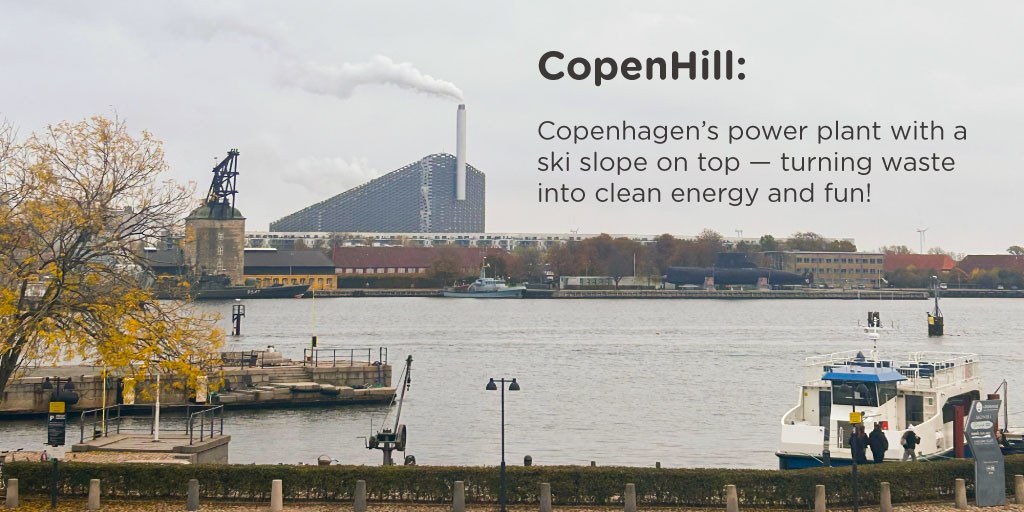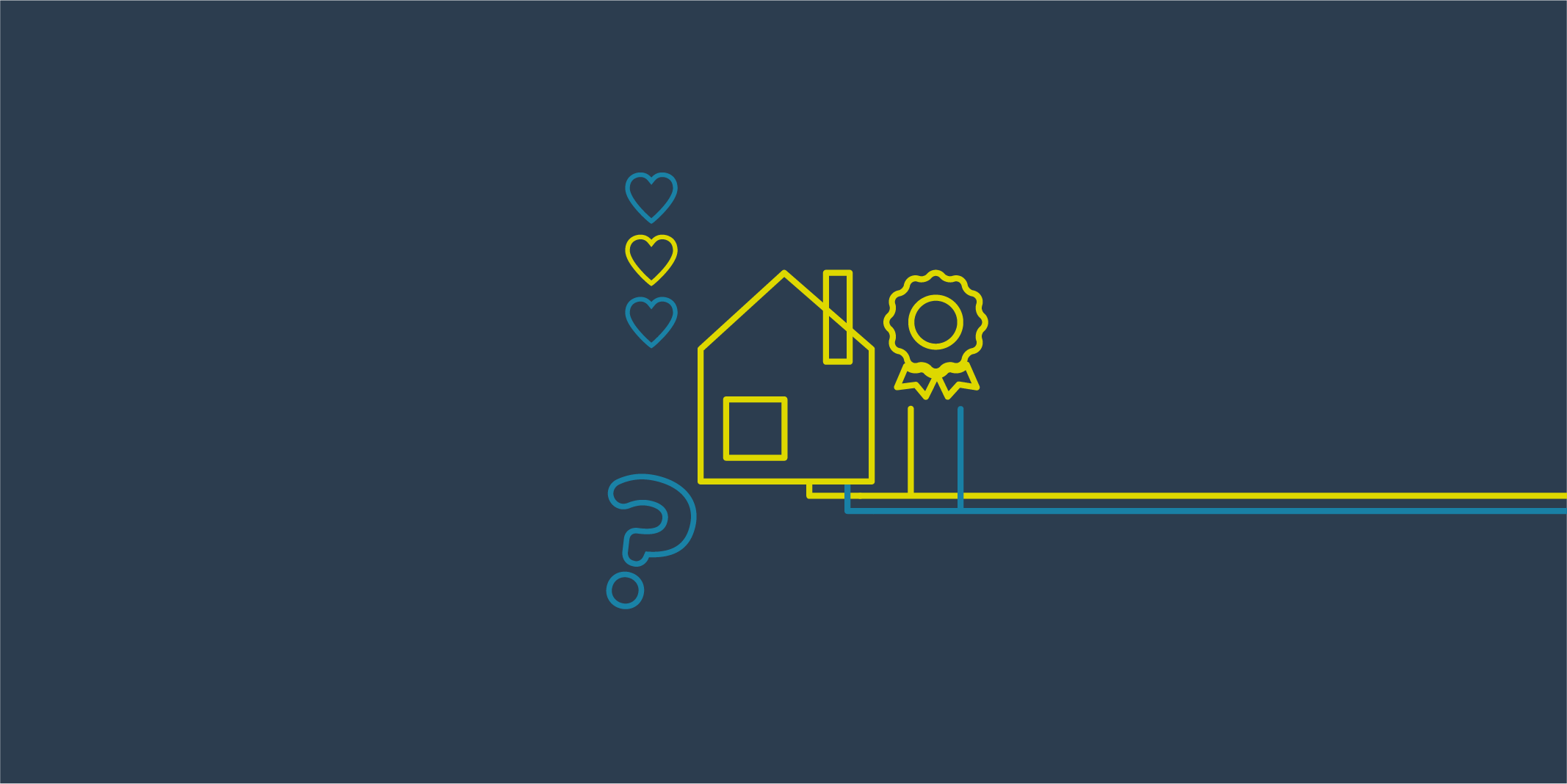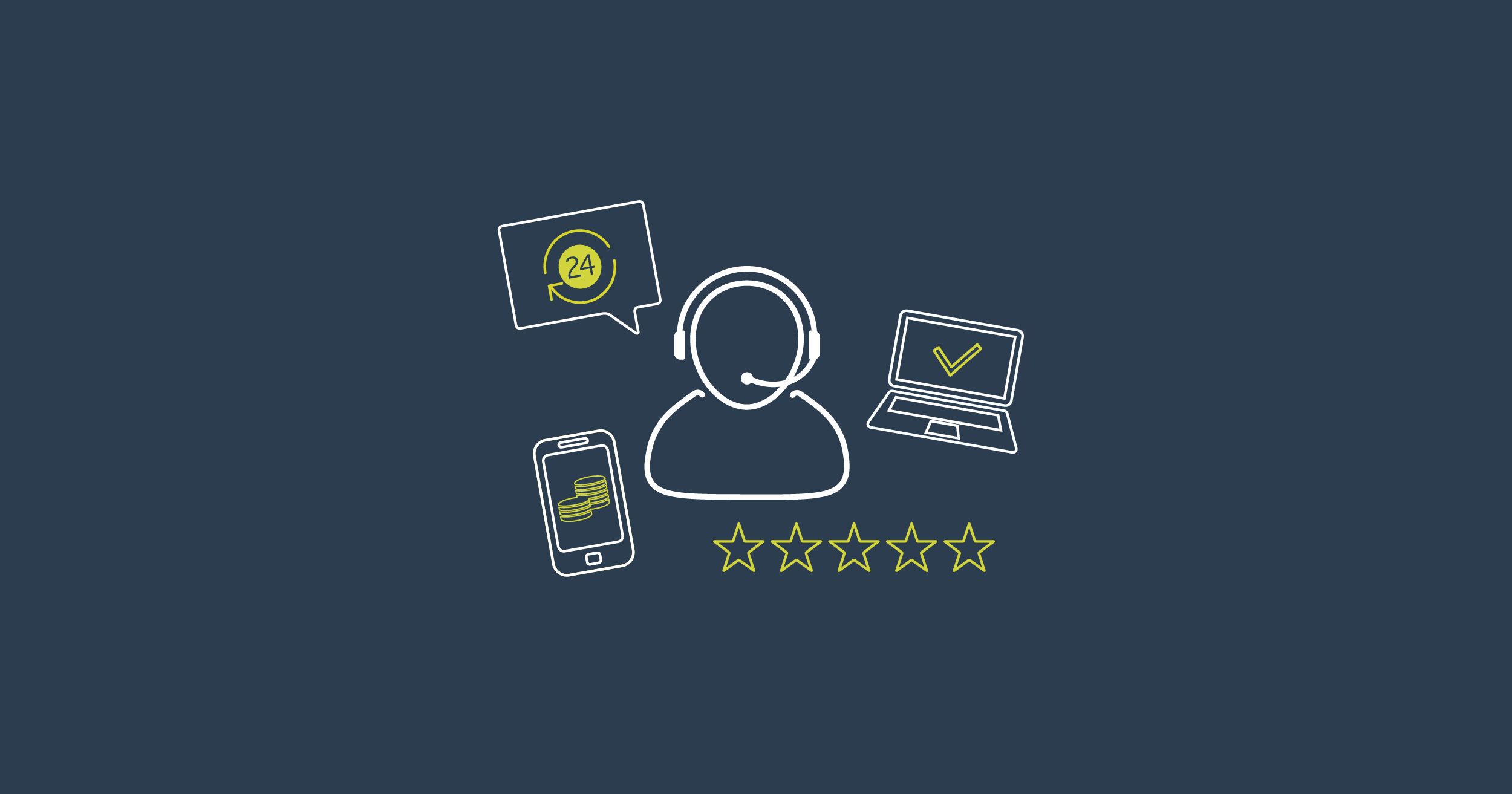From Denmark to Your Doorstep: Why Heat Networks Are a Smart Move
Heating your home might not be something you think about every day — but behind the scenes, big changes are happening to make it greener, easier, and more affordable. Denmark’s done it brilliantly, and now the UK is following in their (warm) footsteps!
In Denmark, heat networks are part of everyday life. Around two-thirds of Danish homes are connected to one! Instead of each home having its own boiler, large energy centres produce heat, which is then piped through insulated networks into people’s homes. It’s reliable, efficient, and super eco-friendly.
What is a heat network?
Think of a heat network like a big central heating system, but for a whole community.
Instead of every home having its own gas boiler, a network supplies hot water (for heating and taps) from a shared source. You still control your heating individually — just like you would with a traditional system — but the actual heat comes from a central place nearby.
View our mySycous ‘What is a heat network?’ explainer video for an overview of how these systems work:
How did Denmark create this infrastructure?
Denmark started building its heat network infrastructure after the 1970s oil crisis, when energy security became a big national focus.
They made a smart choice: investing in local, cleaner energy sources like waste heat from power plants and renewable energy. Over the years, they kept expanding and modernising their networks, and today, heat networks are a natural part of life — as normal as having a water supply!
What was the heating scene like in Copenhagen before heat networks were introduced?

Before heat networks, it was a bit chaotic!
Most homes and buildings relied on coal, oil, or wood stoves to stay warm. It wasn’t very efficient, it caused a lot of pollution, and fuel bills could be a real burden. Some homes even went without proper heating. The introduction of heat networks made a massive difference, cutting air pollution, improving comfort, and making heating much more affordable for everyone.
Now, the Danish capital of Copenhagen has the largest district heating network in the world. Serving 98% of buildings in the city.
One standout example of Denmark’s heat network innovation is CopenHill in Copenhagen — a waste-to-energy plant that’s as remarkable as it is practical. Not only does it convert the city’s rubbish into clean heat and electricity for thousands of homes, but it also has a ski slope, hiking trail, and climbing wall built right on top! It’s a symbol of how Denmark combines green energy, smart design, and community fun — showing that sustainable infrastructure doesn’t have to be boring.
What are the benefits/impacts of implementing heat networks?
- Lower energy costs: Sharing heat means lower bills for residents.
- Cleaner air: Reduces pollution compared to individual boilers.
- Energy efficiency: Waste heat (like from factories) gets reused instead of wasted.
- Climate-friendly: Easier to switch to renewable and low-carbon energy sources.
- More reliable: Central systems are easier to maintain and upgrade.
Overall, it’s better for your wallet, your community, and the planet. Win-win-win!
Potential for Heat Networks in UK
The UK is just getting started, but heat networks are already growing fast!
Government targets say that by 2050, around one in five homes could be connected to a heat network. In cities like London, Manchester, and Leeds, big projects are underway — and smaller, local networks (like the one you might be on!) are helping lead the way.
It’s an exciting time, and the lessons from Denmark show it can work brilliantly when done right.
UK Heat Network Regulation
Up until recently, heat networks in the UK weren’t regulated like gas and electricity. But that’s changing fast!
The government is introducing new regulations to protect heat network customers — ensuring fair prices, good service, and greener energy.
This means:
- Better customer rights (like clearer bills and easier complaints processes)
- Fairer pricing
- Higher standards for reliability and carbon savings
Recently, the first part of new regulations for heat networks has come into force from 1st April 2025 with more to follow! Read our April 2025 Brings New Protections for Heat Network Customers article for further information.

It’s all about making sure your heat supply is affordable, green, and trustworthy — just like it should be.
Heat networks might feel like a new idea in the UK, but Denmark shows that they can make a real difference — warmer homes, lower bills, and a healthier planet.
And the best part? You're already part of it!



